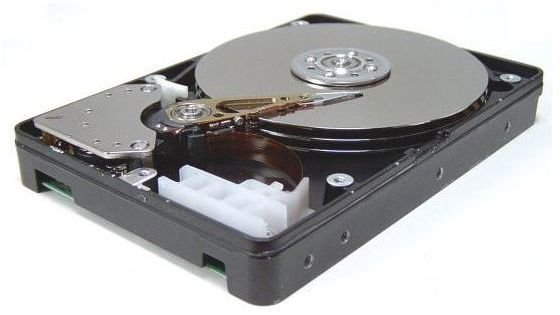Thin Client and Green Computing: How to Build a Thin Client from Old Computer Hardware
Types of Thin Clients
Thin clients come in all shapes and sizes. I use a laptop style thin client at work which enables me to work wirelessly throughout our campus and connect to my desktop remotely. The convenience of this workstyle is unparalleled. The next best thing would be working from home but even then I’d be confined to a small geographical space let alone “chained” to my desk. Granted, not all thin clients come in the laptop form factor but that’s the great thing about thin clients. The variety and options available make it a great alternative to the standard work environment model, should you decide to give server-based computing a chance.
Building a Thin Client from Old Equipment
So what if you want to build a server-based computing environment but are currently stuck with legacy (i.e. old) equipment and don’t have a lot of capital to invest in newer devices. This situation is probably very common, especially in today’s unstable economic world.
You may be surprised that the green approach to this situation is also a very economical one. The money you do have should be spent towards upgrading your existing server(s) or purchasing a new one that can support the number of clients you’ll be using. Next you’ll want to inventory and catelog the hardware in your existing legacy equipment and establish a hardware baseline for the thin clients you’ll build. The hardware components you’ll focus on are the processor, RAM, and network connection style (i.e. wired or wireless). Don’t worry too much about the hard drive as most of your storage should reside on the server or in a storage array connected to the server. This is part of what makes server-based green computing more efficient and more secure.
Testing Hardware and Setting Security Policies
Finally, test your existing hardware to weed out the parts that may be out of warranty or near the end of their lifecycle and then build your thin clients against your hardware baseline. The OS you install on your thin clients should be a barebones version with stringent local security policies applied for maximum security. If a user can save whatever they want to the local drive on the thin client, this essentially undermines the security of the server-based computing model. Data should be saved on the centralized servers for effective data backup, data redundancy, and maximum data security. It’s also a great idea to have an even mix of desktop/wired and laptop/wireless style thin clients in your environment. This will give your employees maximum computing flexibility which can greatly improve their work experience.
Taking existing equipment and re-configuring it to fit into a server-based computing environment prevents you from having to recycle the equipment. This also enables you to improving the overall efficiency of your computing environment while potentially improving the work experience for your employees. A win-win-win situation that keeps your equipment fully utilized and out of the landfill!
